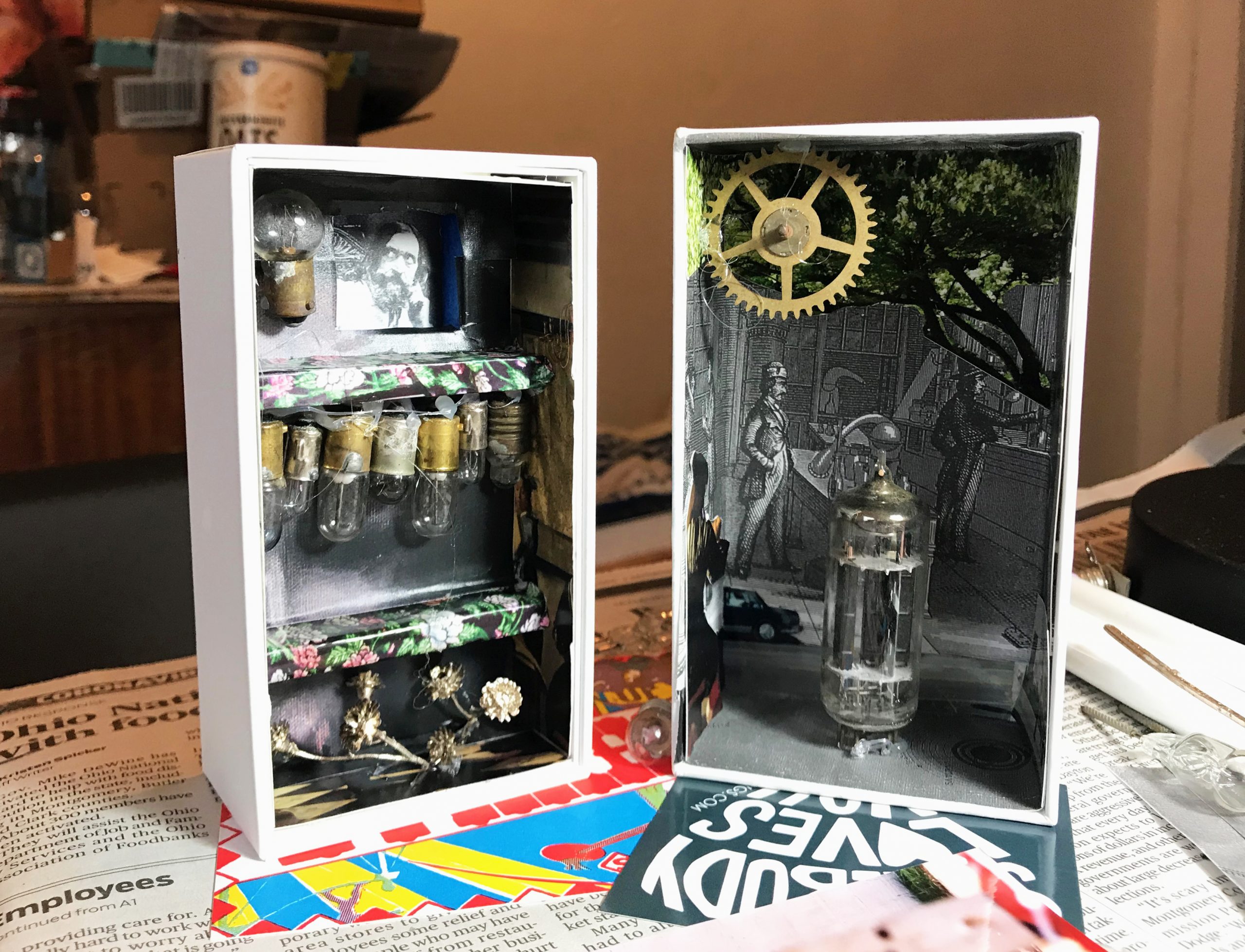Art From Home!
Need a way to keep the creativity flowing at home? Rosewood is here for you! Making art is more important than ever right now. Studies have shown that taking time to be creative has a host of benefits for both adults and children, including reducing stress and boosting mood. Scroll down to get started!
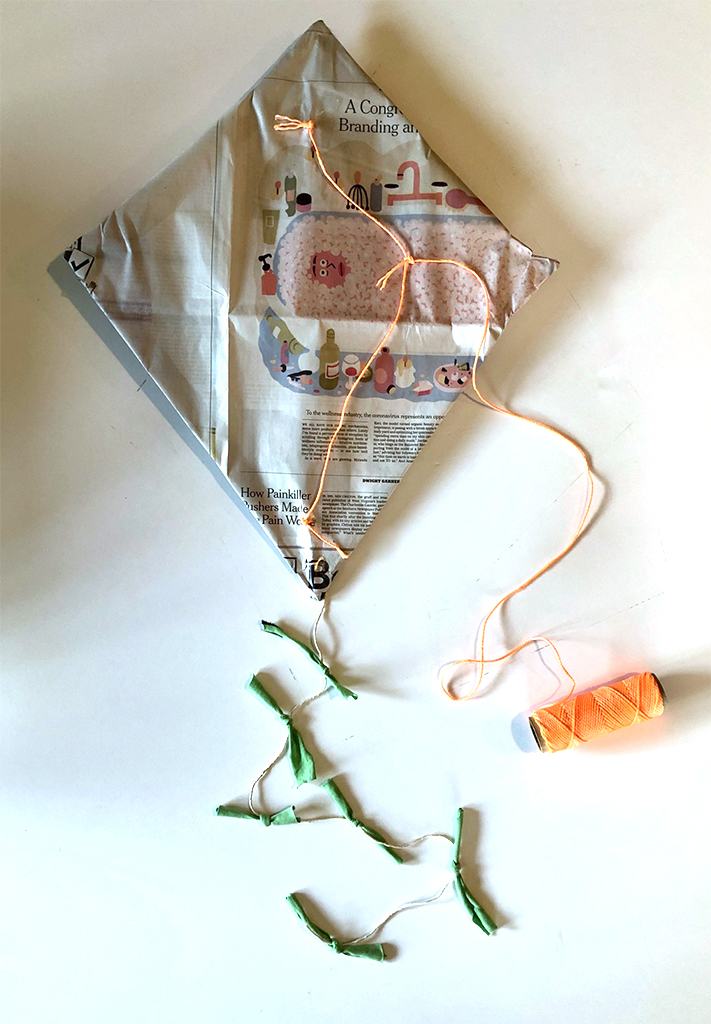
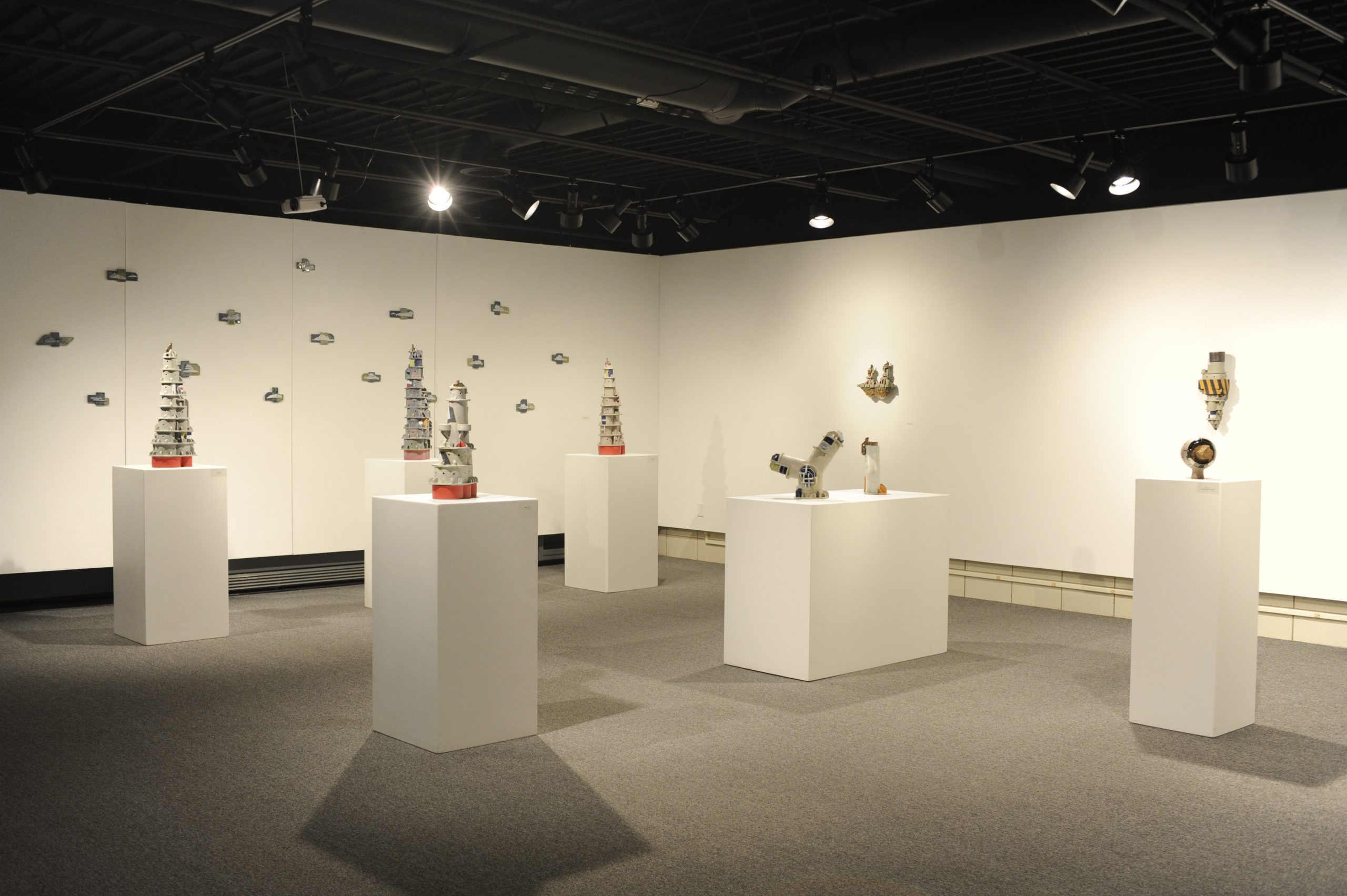
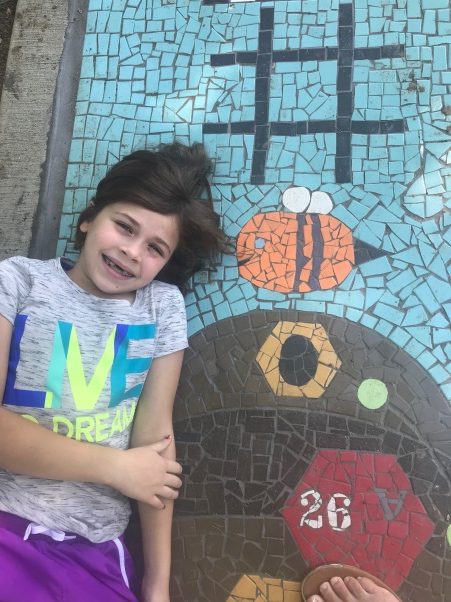
Visit Rosewood's virtual gallery!
Rosewood Gallery in Kettering, Ohio is pleased to present the annual The View juried landscape exhibition. For the first time in its 26 year history, the exhibition is housed exclusively online with images and an exhibition video, accompanied by a downloadable exhibition catalogue with an essay by the exhibition juror, Cathy Mayhugh.
Visit the 26th annual The View Juried Landscape Exhibition
Additional exhibitions are also available for viewing - solo exhibitions by artists Deana Bada Maloney, Samantha Simpson, Arthur Kettner and Mark Flake, as well as artwork by the Western Ohio Watercolor Society.
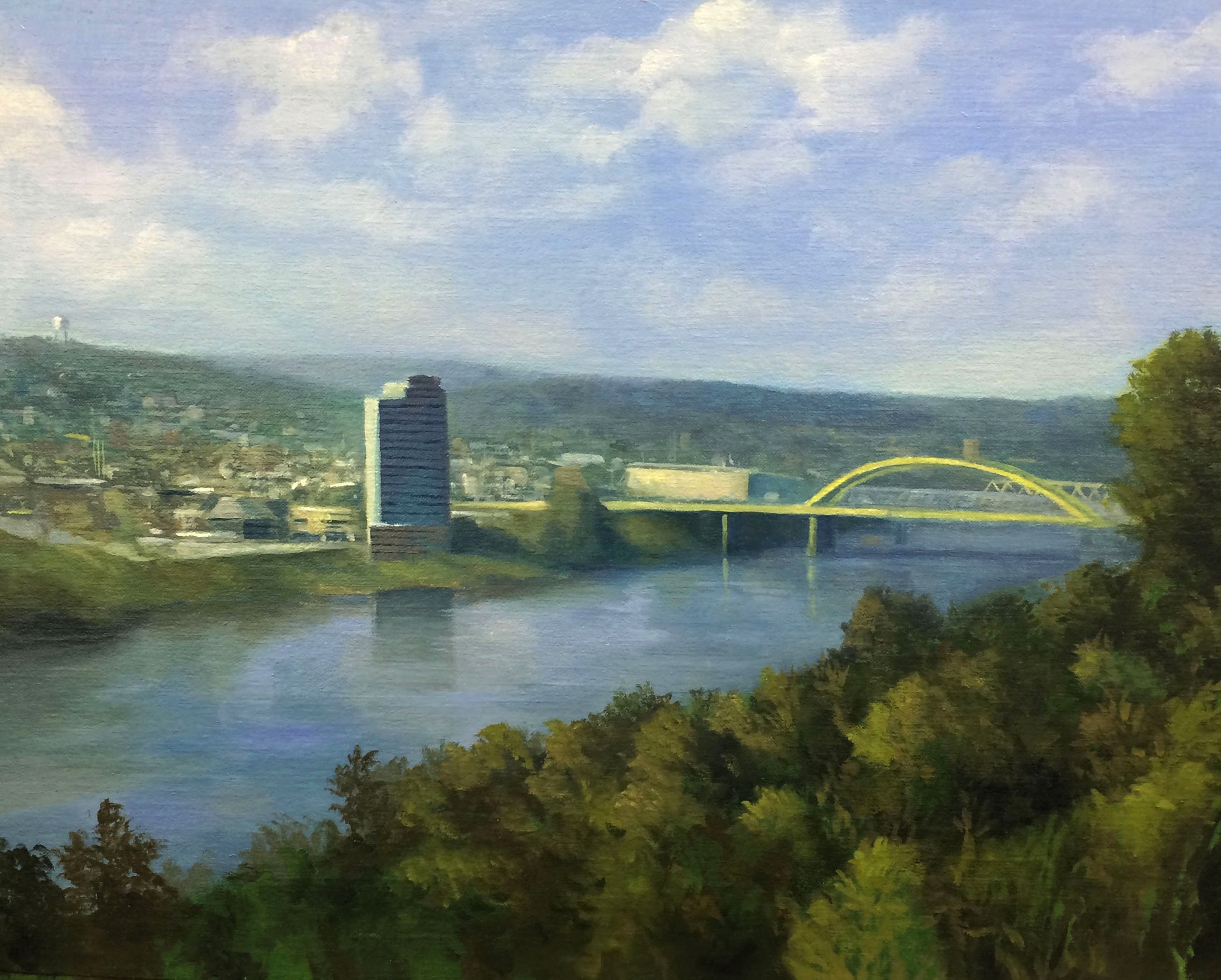
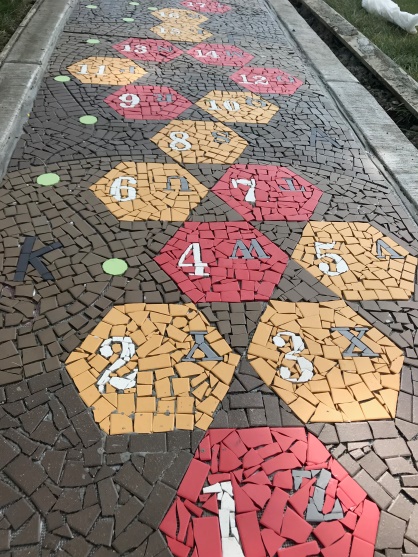
Play Outside!
Our outdoor public art collection is located throughout Kettering! Find artwork by visiting our collection website, which includes a map, at www.playkettering.org/public-art-kettering/citysites/permanent-collection/
Public Art Spotlight: Kettering's playgrounds are currently closed, but Bee Ambitious offers a variety of sidewalk games to enjoy while still maintaining safe social distancing practices. Located in the Haverstick neighborhood (across from Kettering Business Park), this public artwork is a great place to visit and stretch your legs after a long day at home. Visit www.playkettering.org/bee-games to learn more.

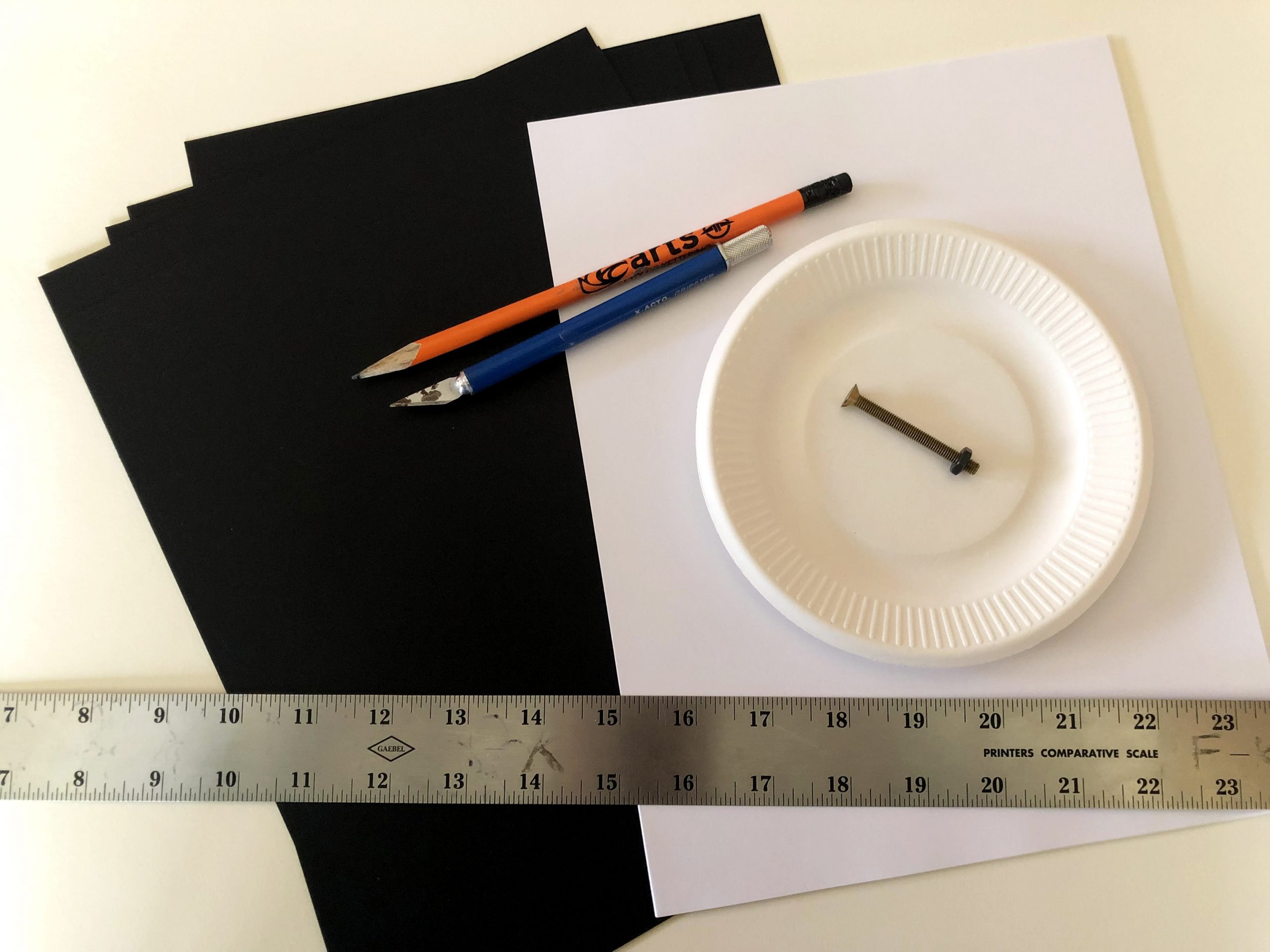 Supplies:
Supplies: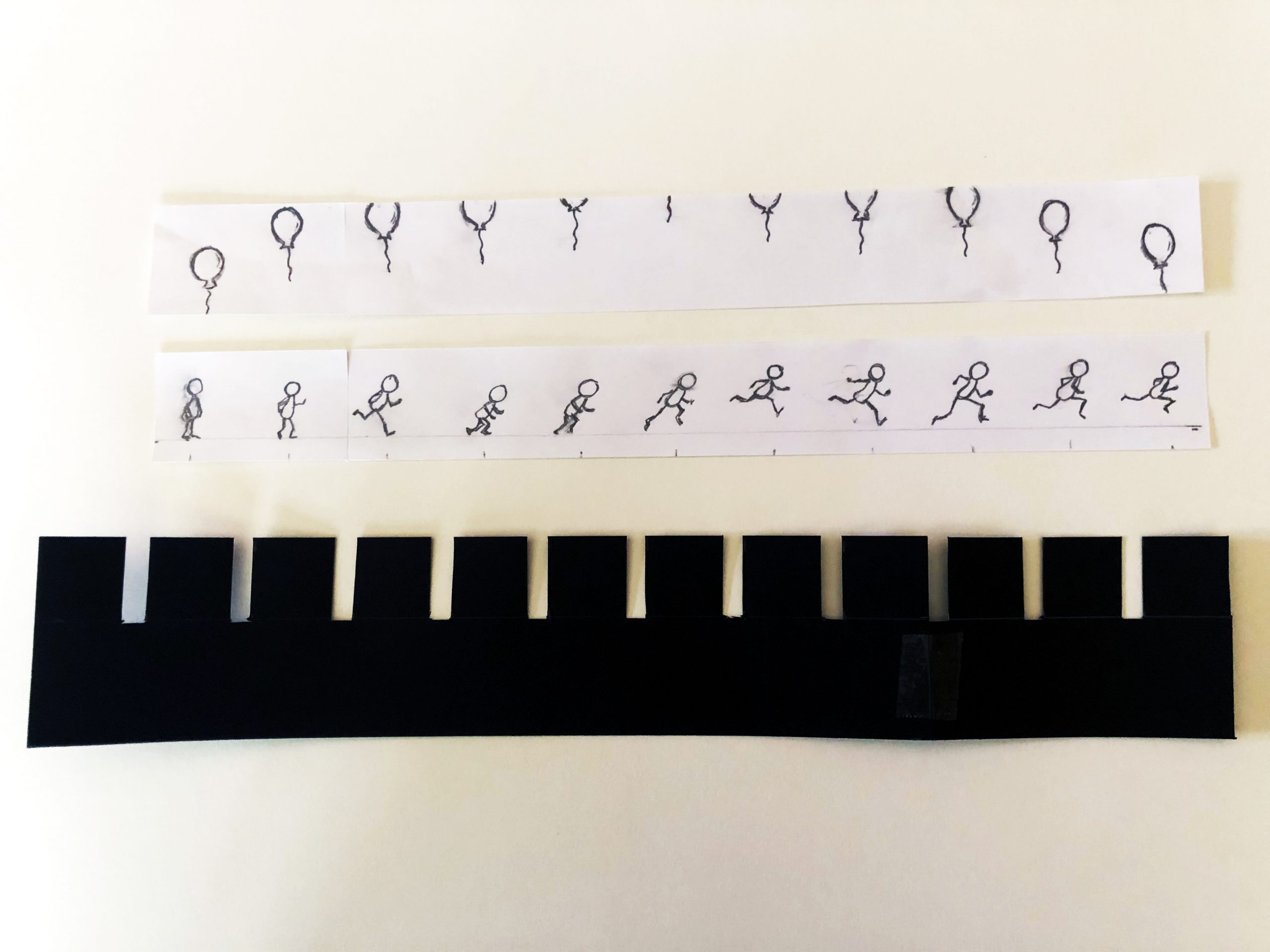
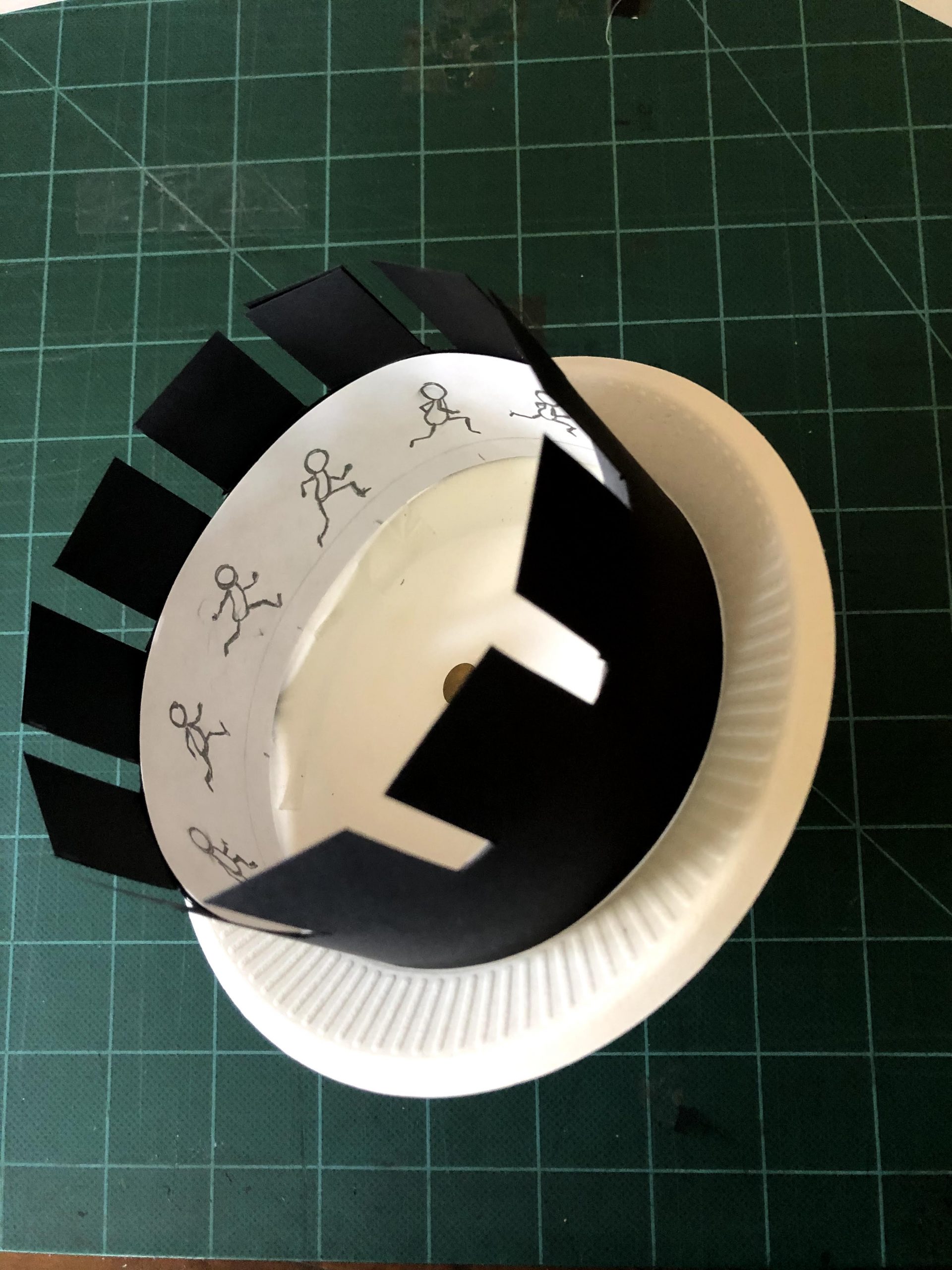
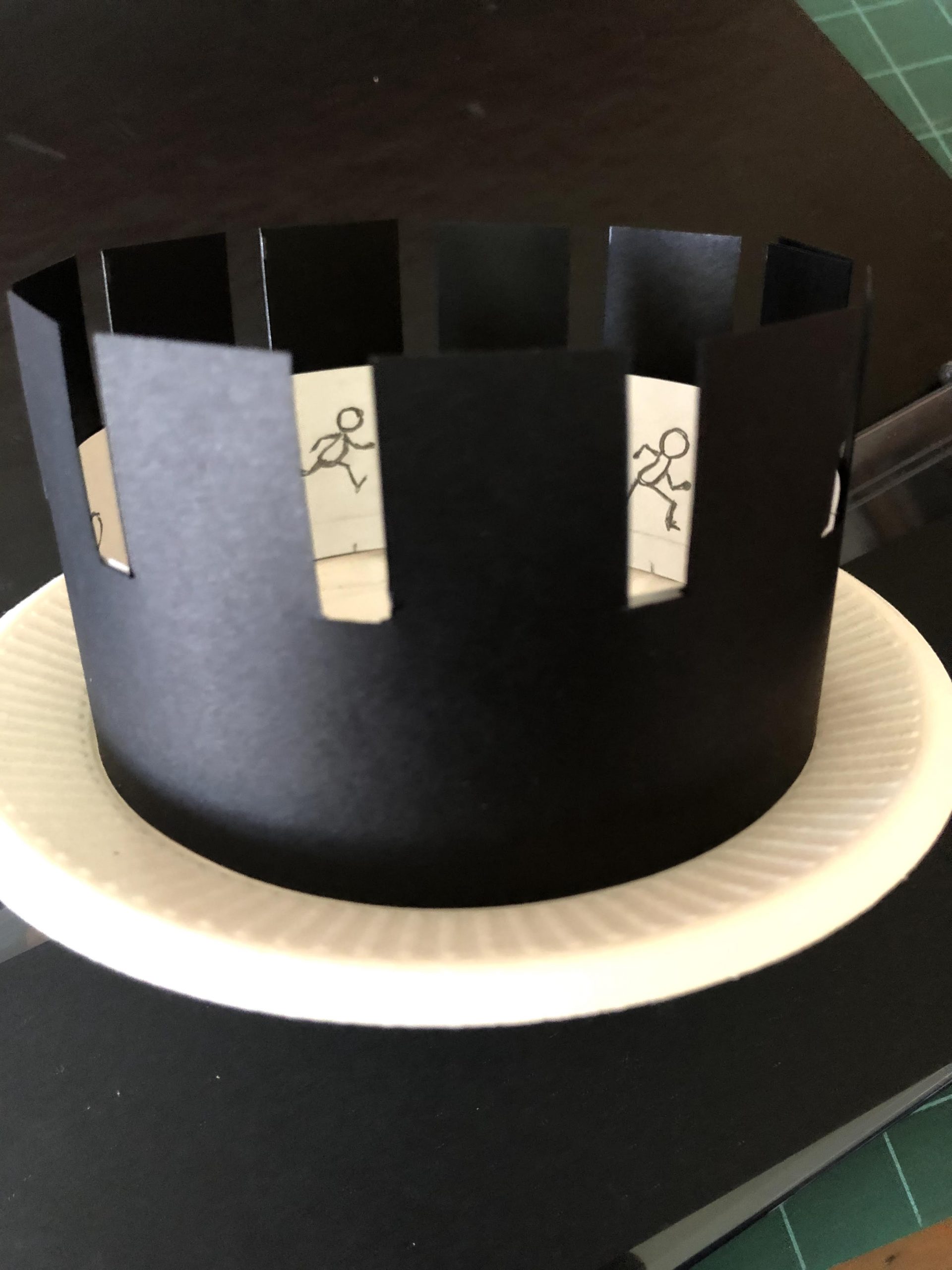
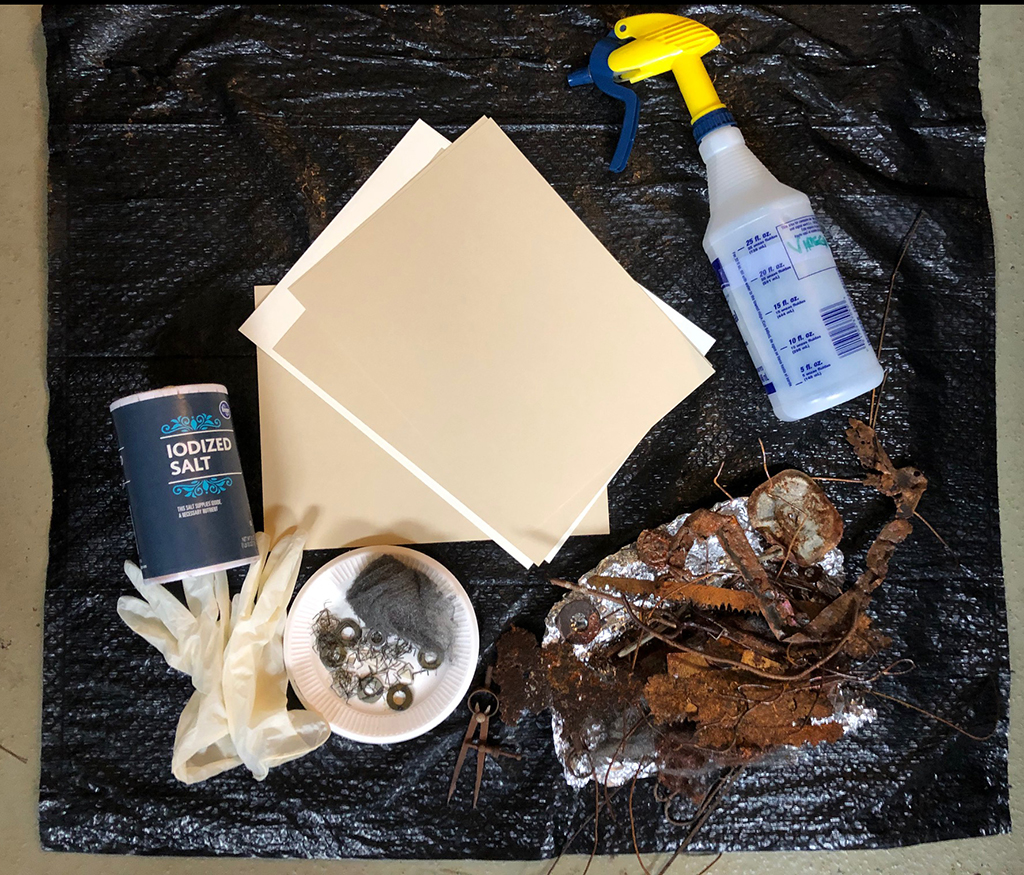 Supplies:
Supplies: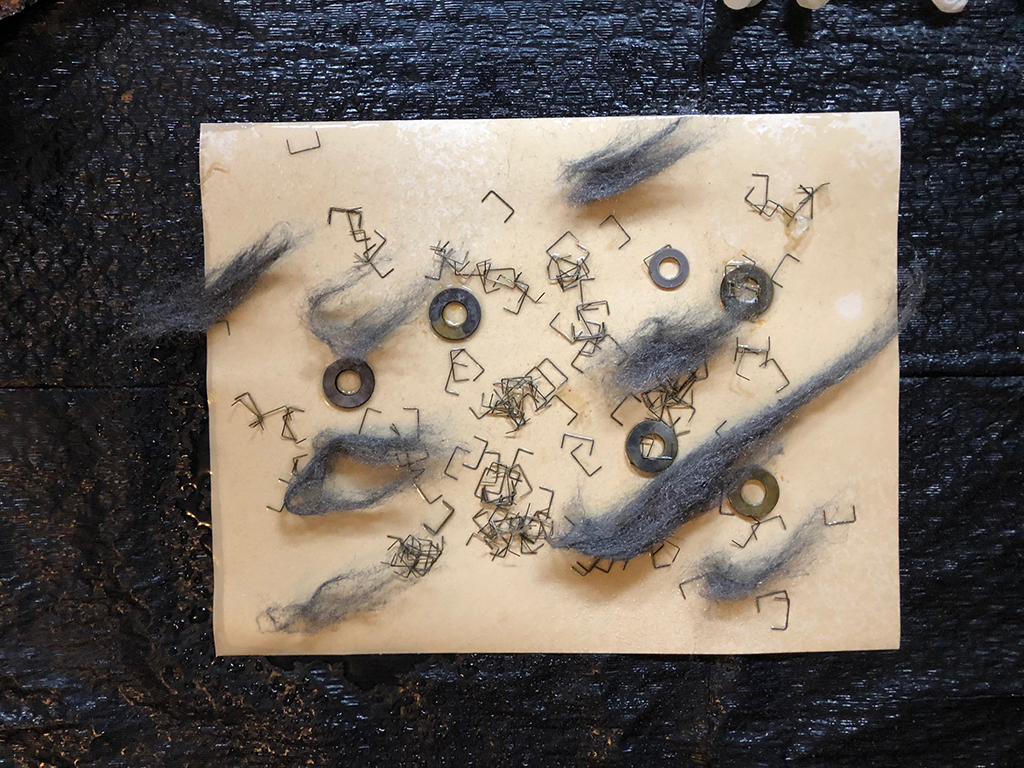 on top of the bag. Spritz the paper/fabric with the spray bottle of vinegar and water so that it is wet all over, from edge to edge. Sprinkle salt over the surface and then arrange your rusty bits on top. Spritz a second piece of paper and place the wet side down on top of the first sheet and cover it with a plastic bag. Weigh down the paper/fabric with books or other heavy items to keep them pressed together and let them sit for several hours. Check the paper/fabric occasionally to make sure that it has not dried; re-spritz as needed. When you get the desired effect of a rust print, undo your assembly and let the paper/fabric dry. Be careful to contain any fluid or rusty bits – they will leave stains. Once dry, place the paper under a book to flatten it. You now have a unique rust print!
on top of the bag. Spritz the paper/fabric with the spray bottle of vinegar and water so that it is wet all over, from edge to edge. Sprinkle salt over the surface and then arrange your rusty bits on top. Spritz a second piece of paper and place the wet side down on top of the first sheet and cover it with a plastic bag. Weigh down the paper/fabric with books or other heavy items to keep them pressed together and let them sit for several hours. Check the paper/fabric occasionally to make sure that it has not dried; re-spritz as needed. When you get the desired effect of a rust print, undo your assembly and let the paper/fabric dry. Be careful to contain any fluid or rusty bits – they will leave stains. Once dry, place the paper under a book to flatten it. You now have a unique rust print!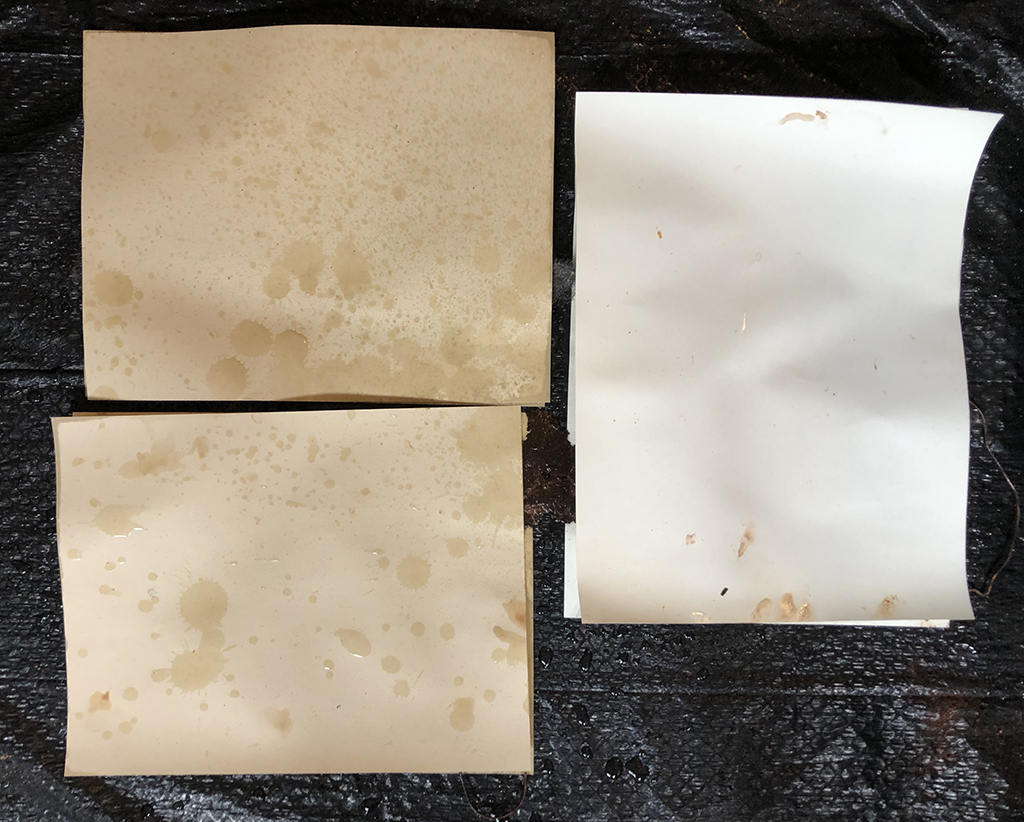
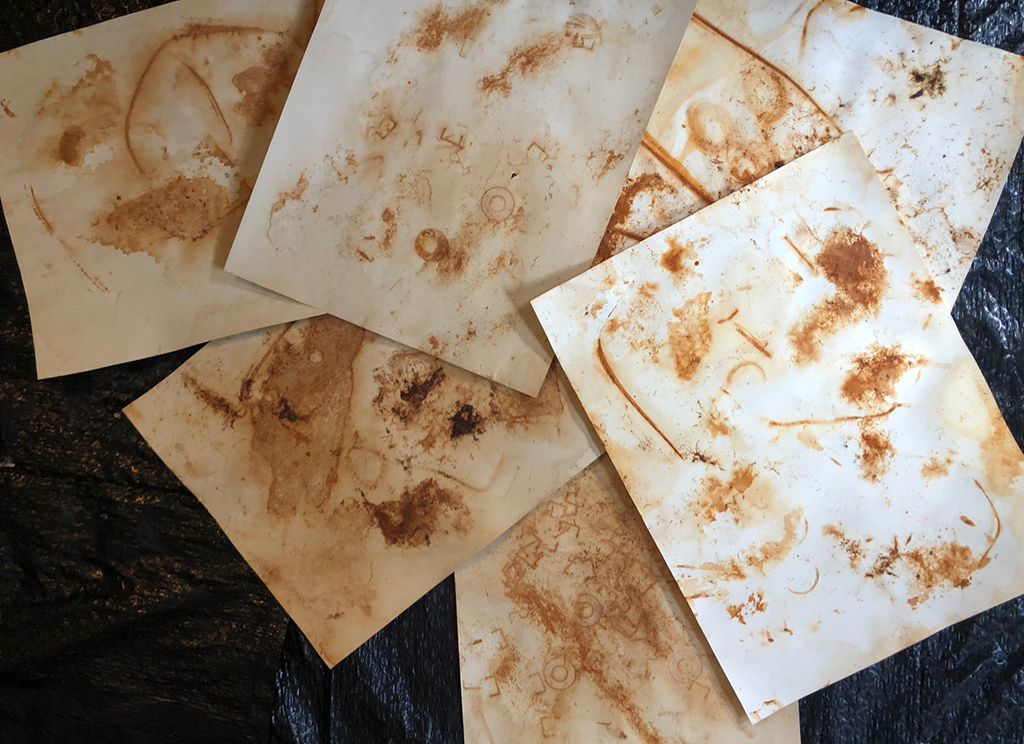
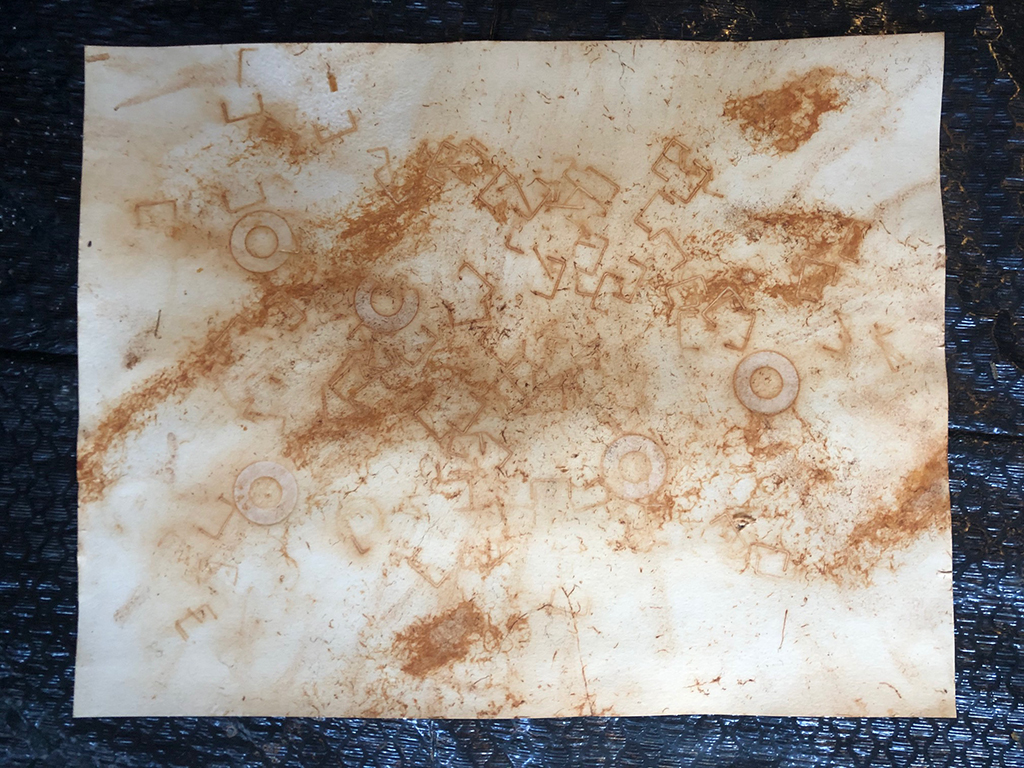
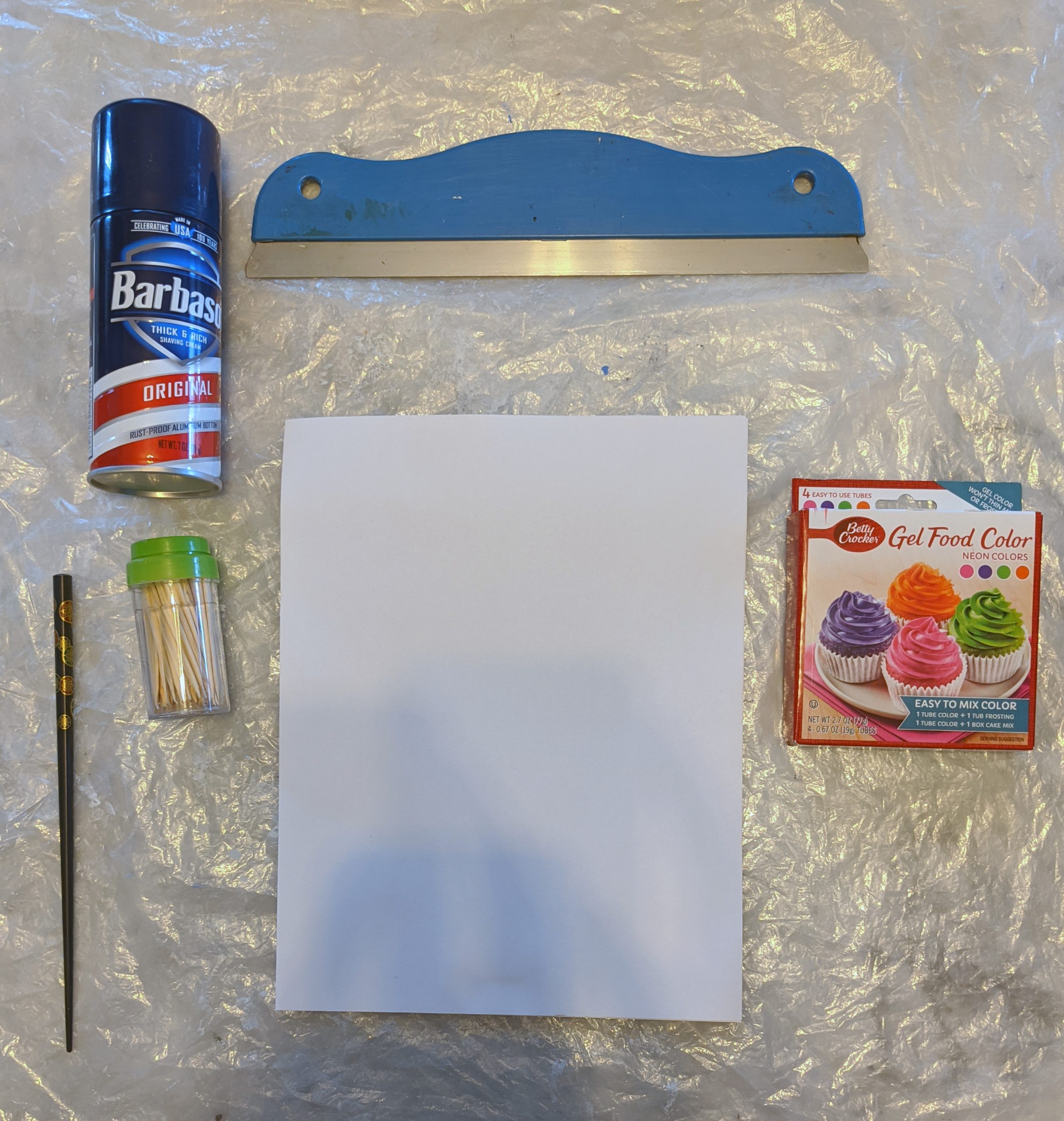 Materials
Materials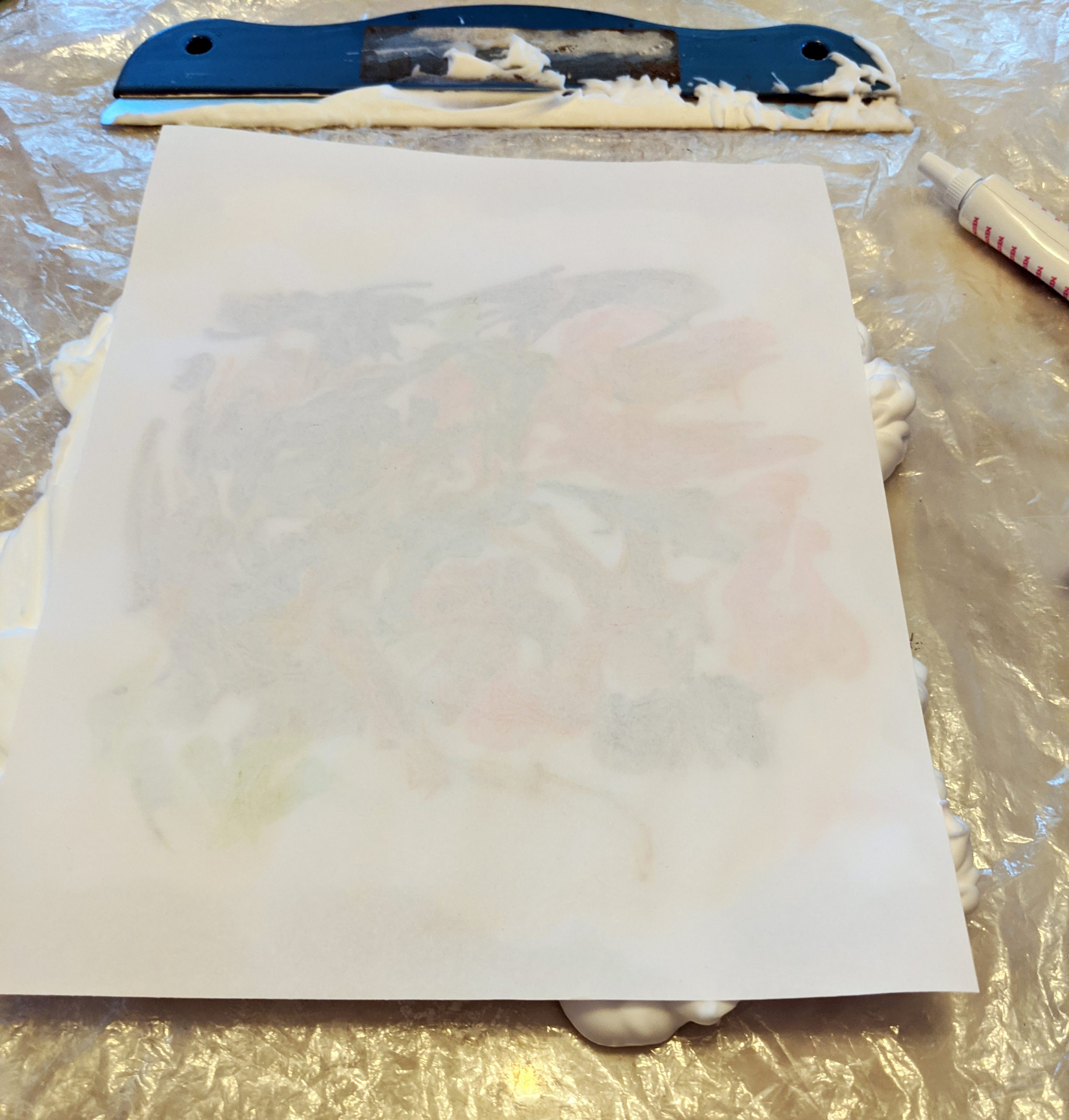
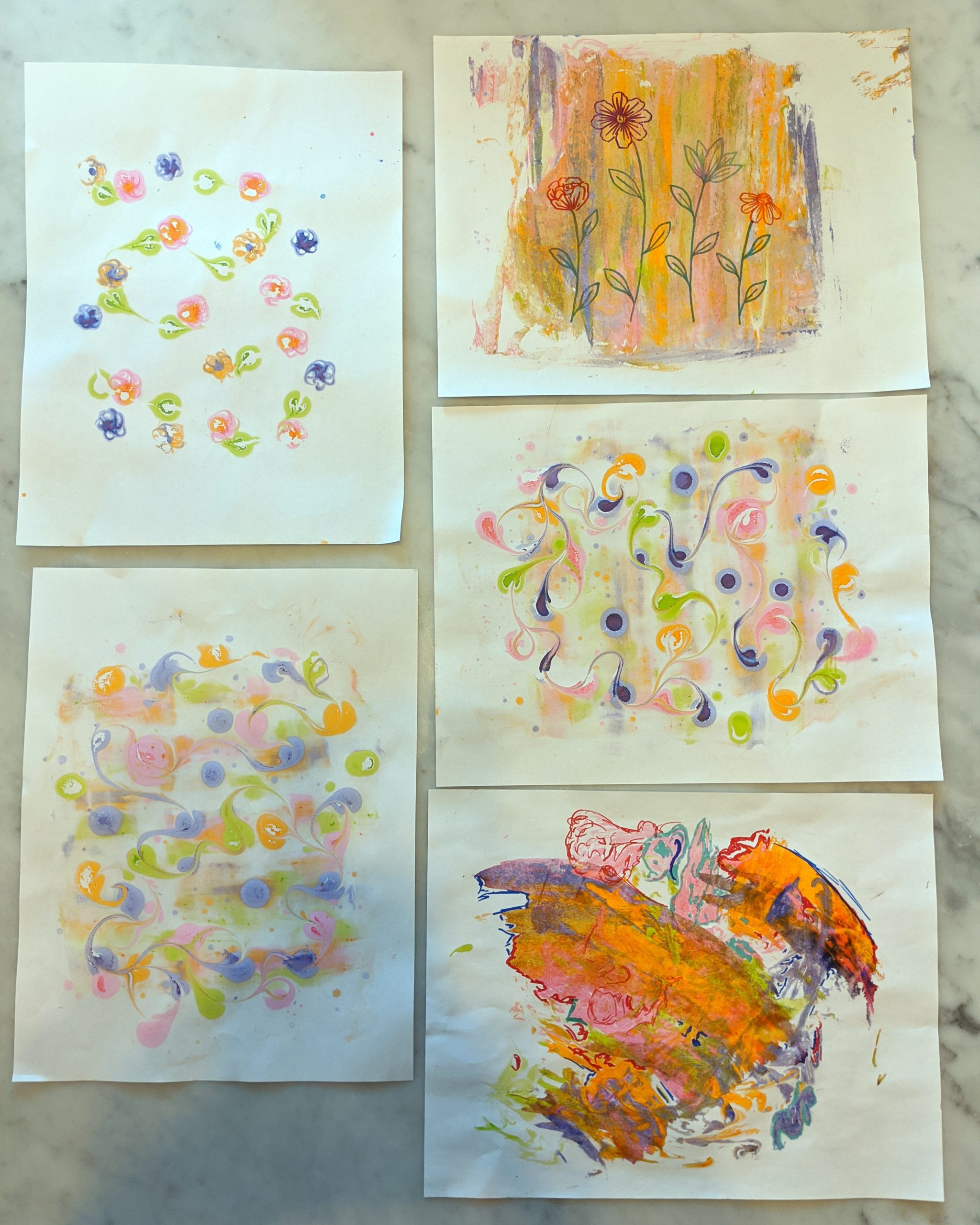
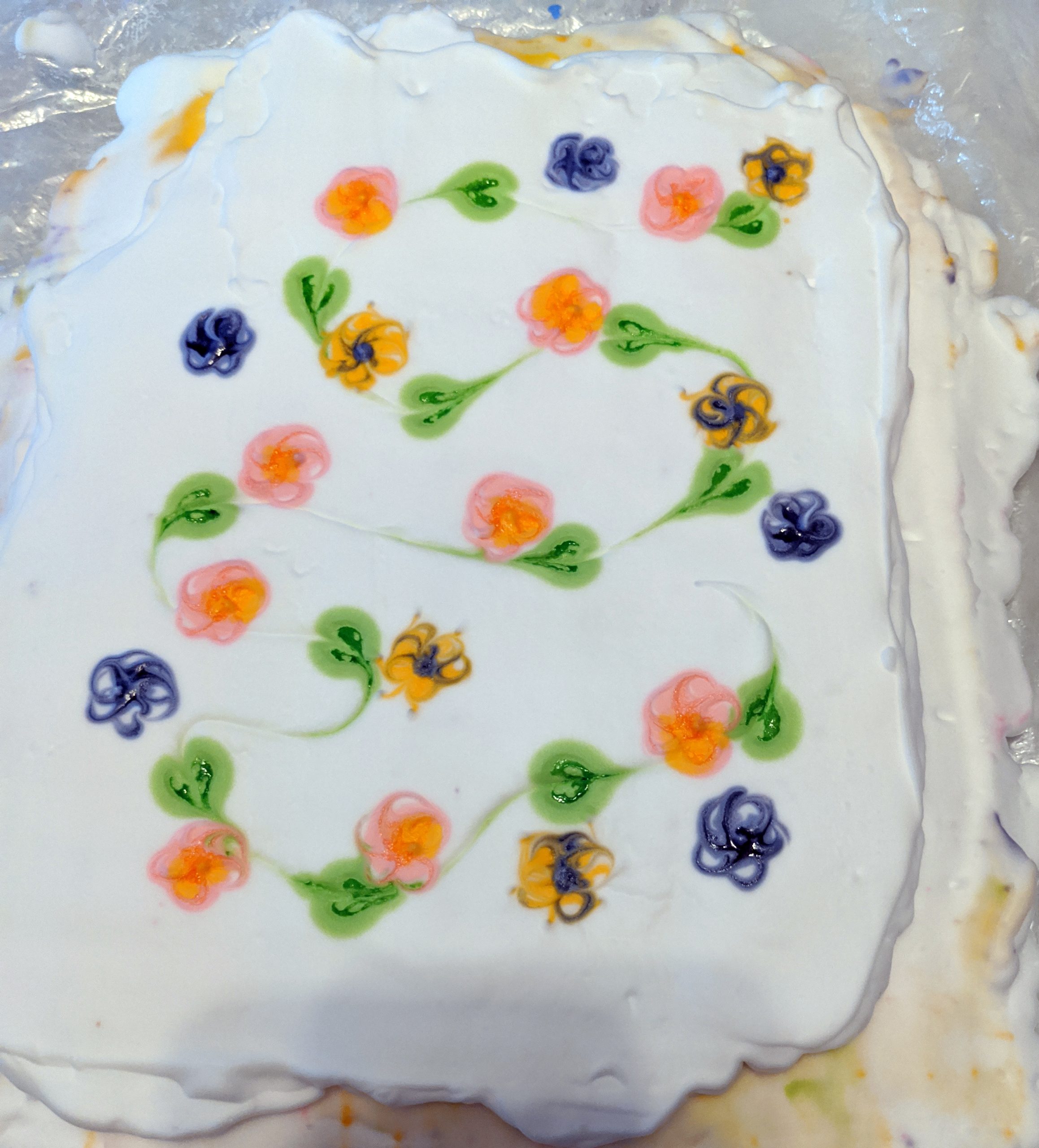
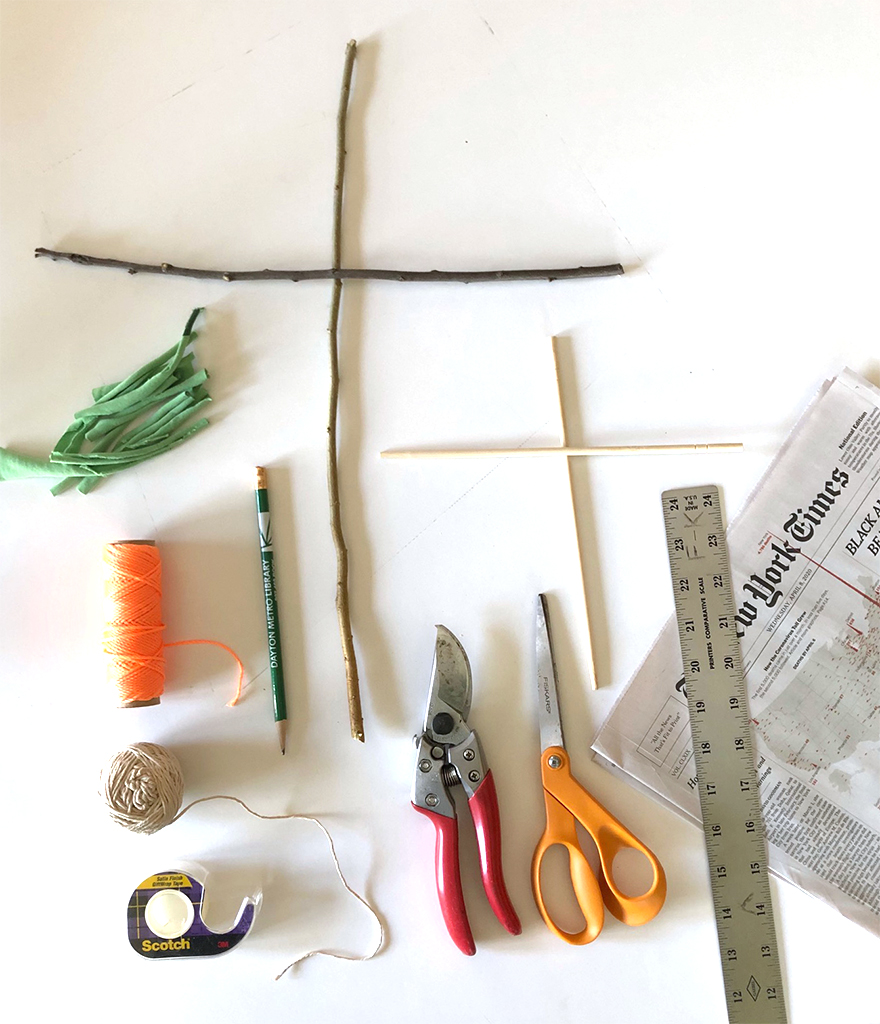 Materials:
Materials: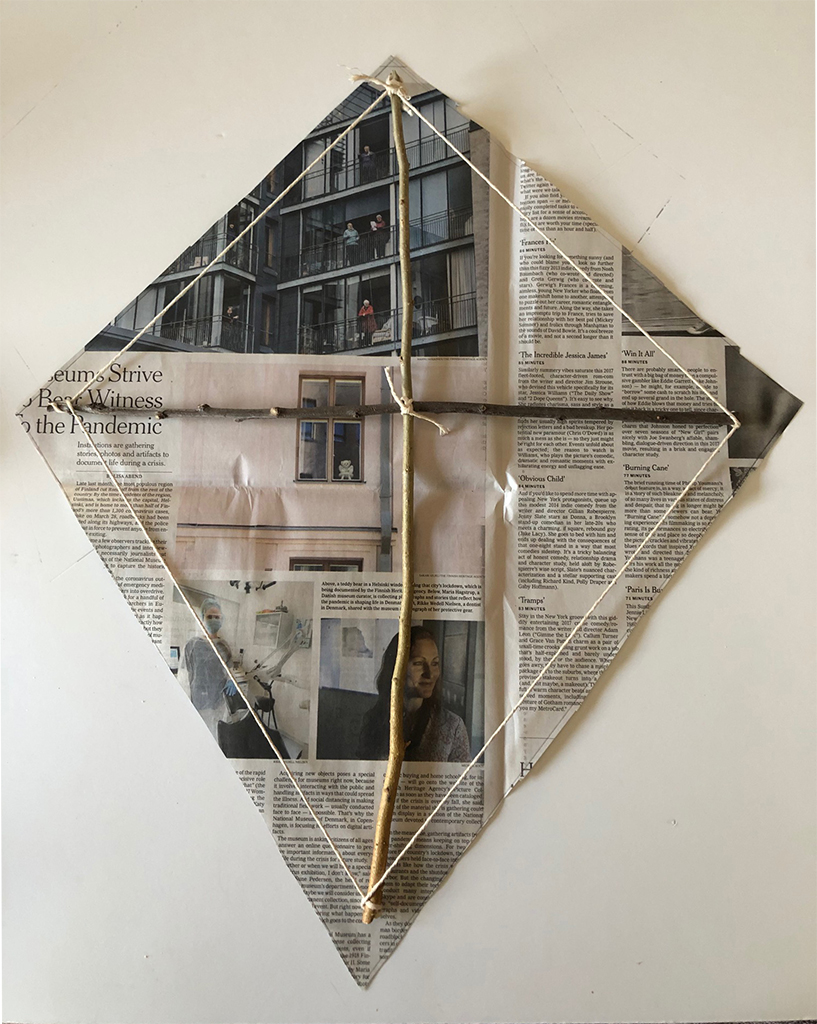
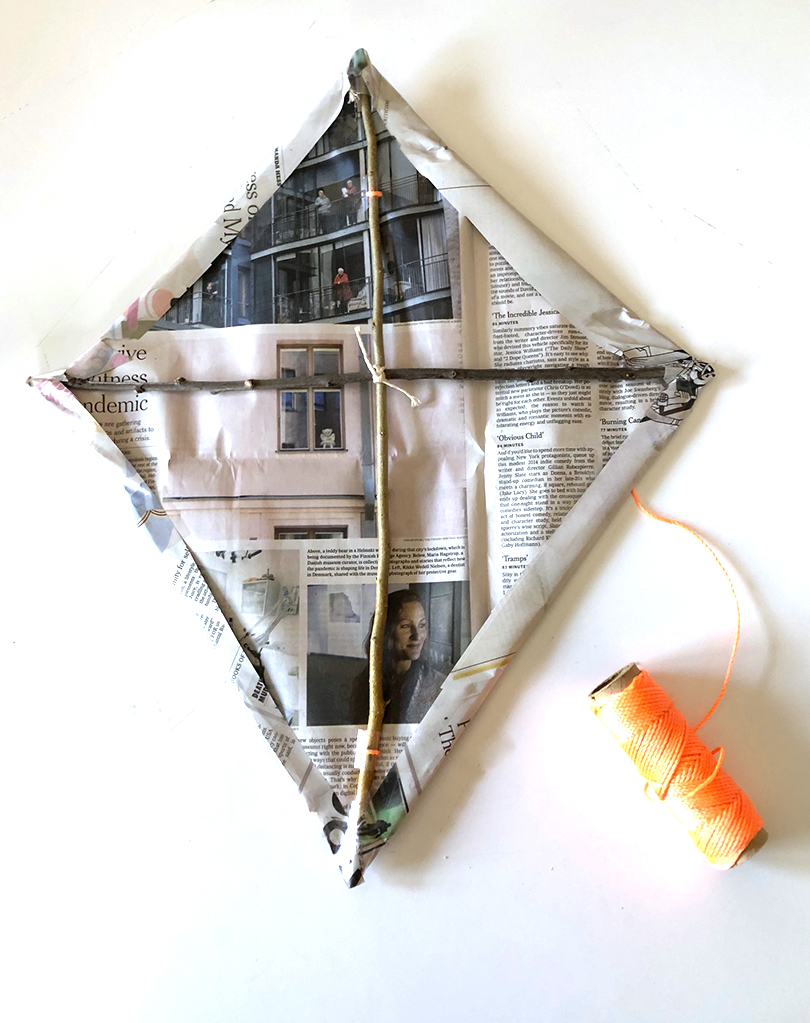
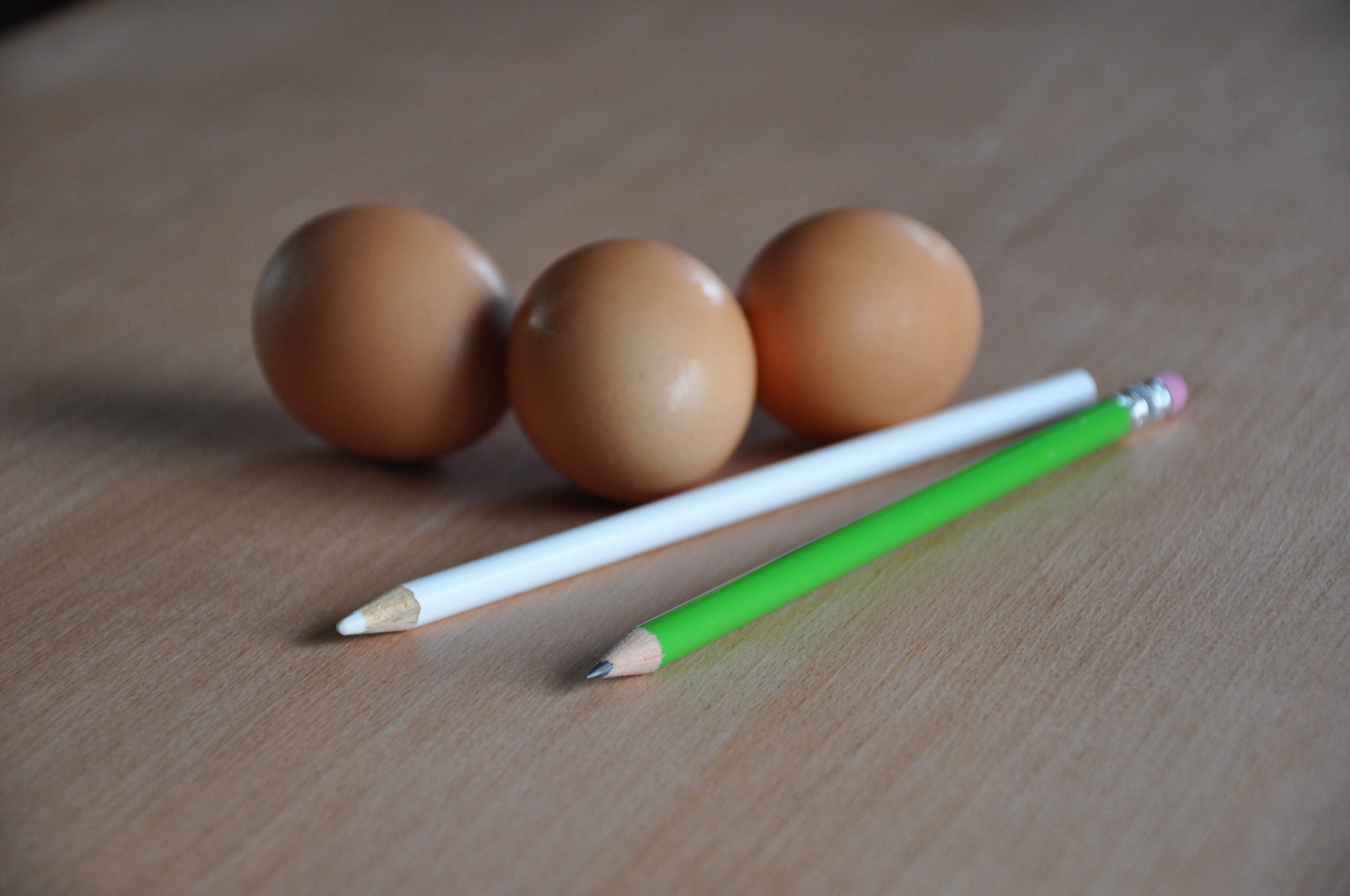 My materials:
My materials: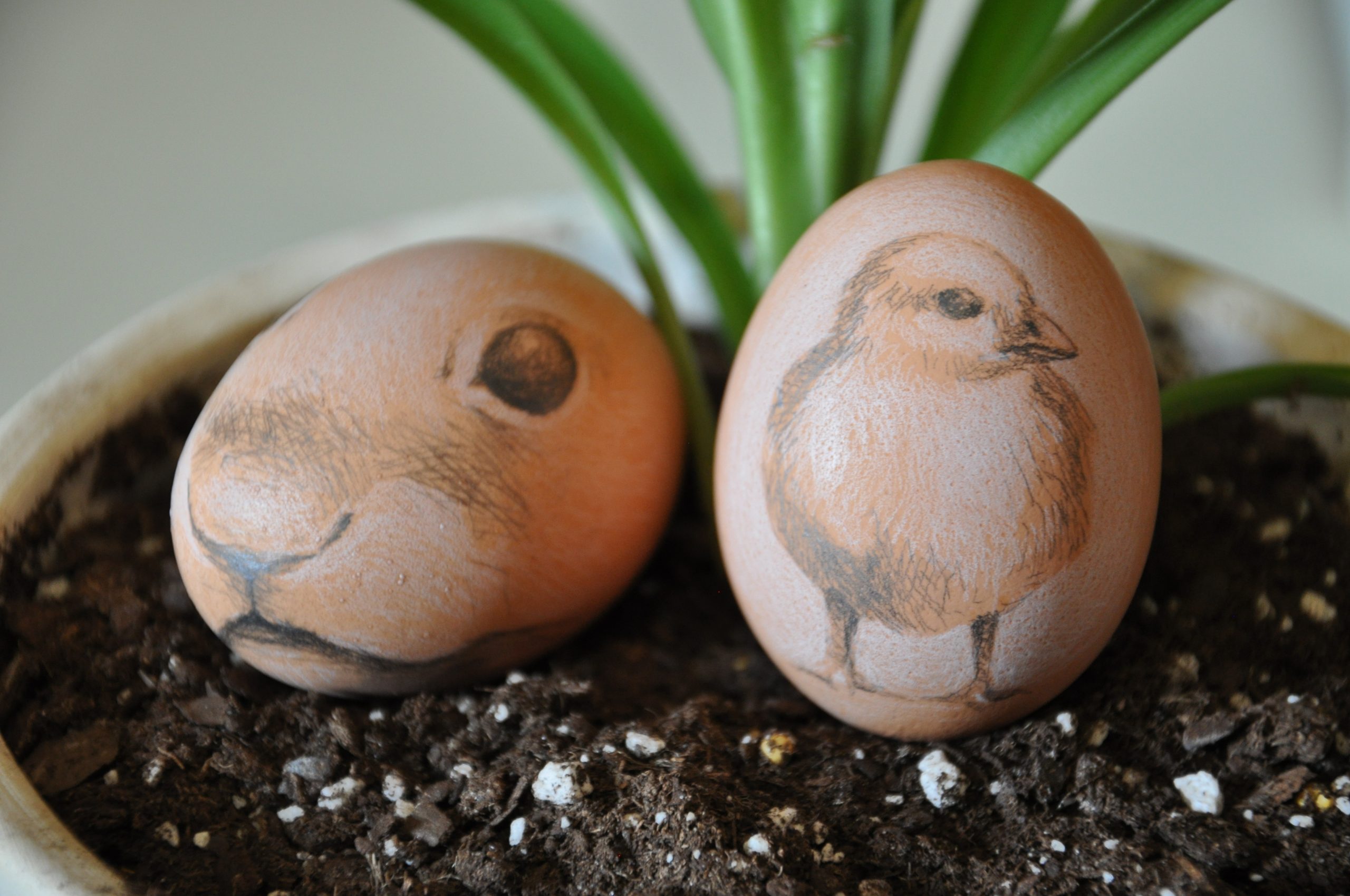
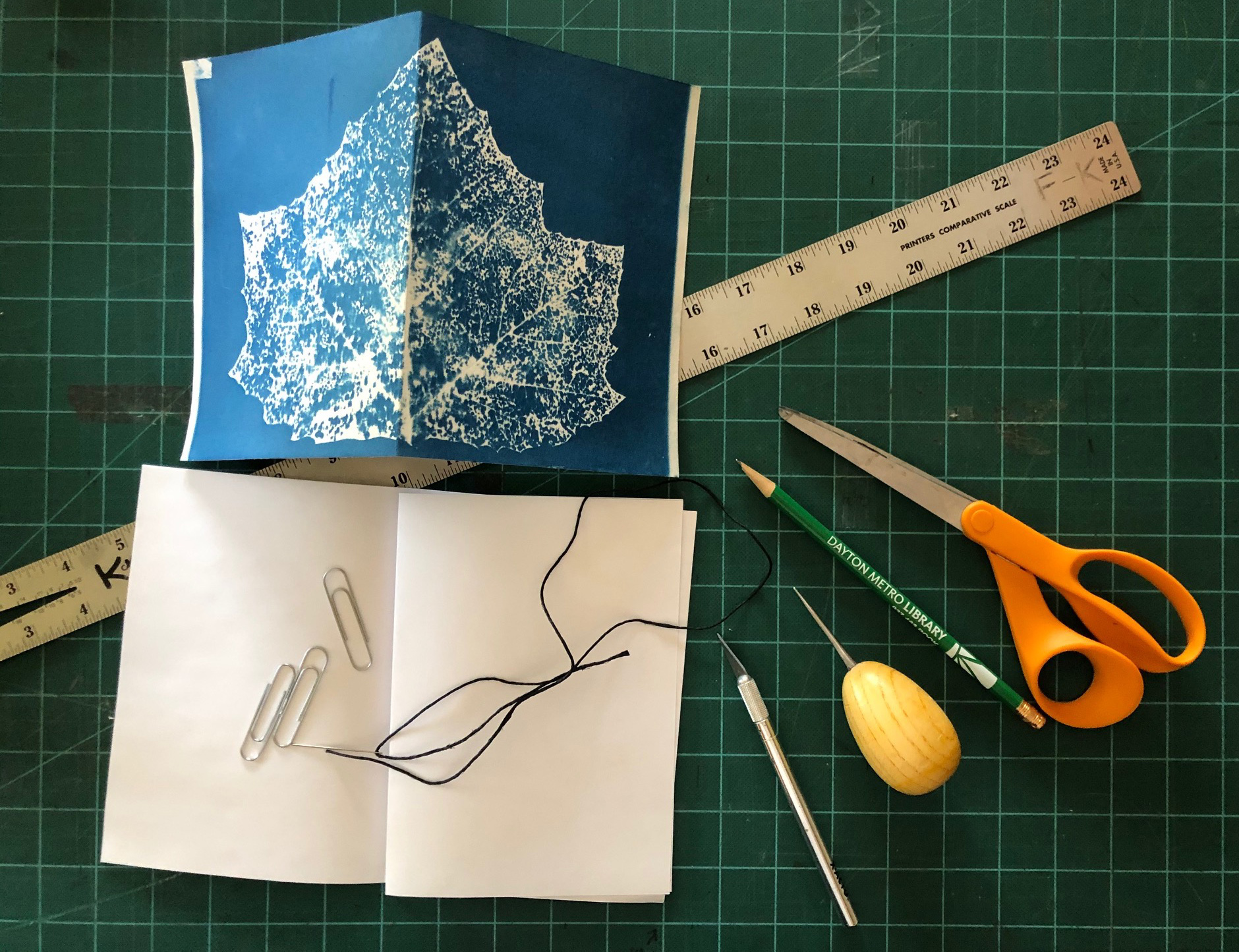 Supplies
Supplies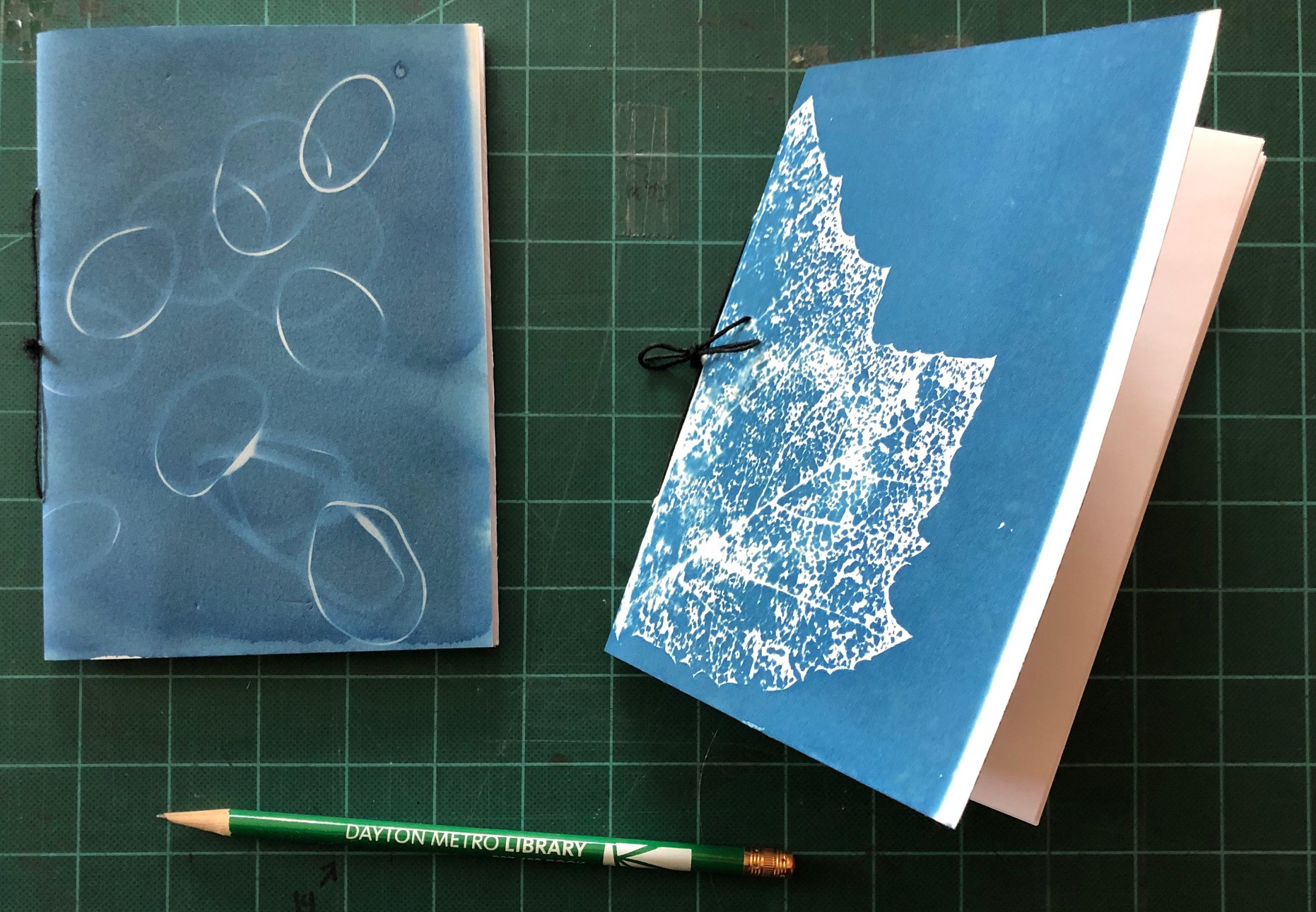
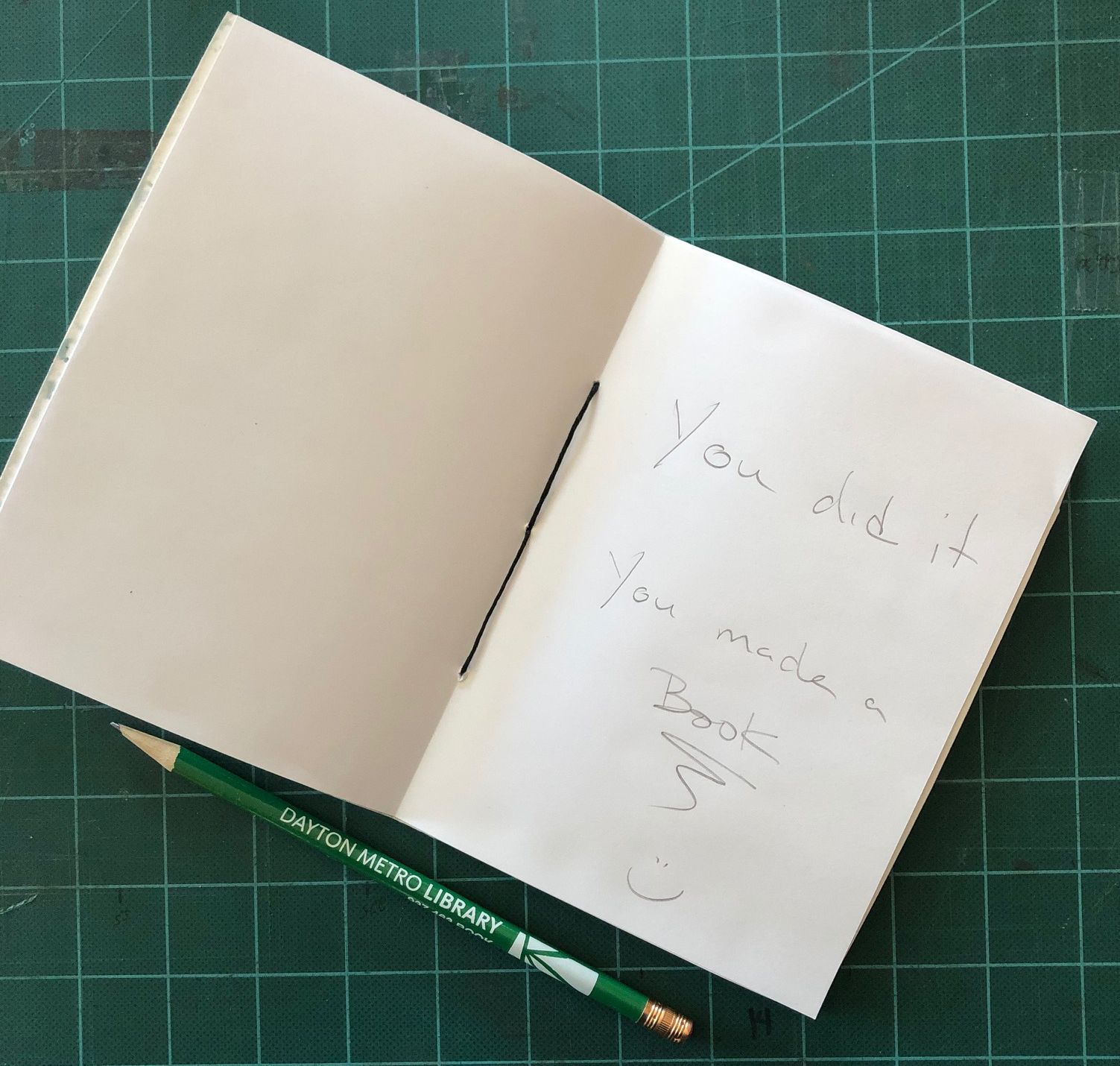
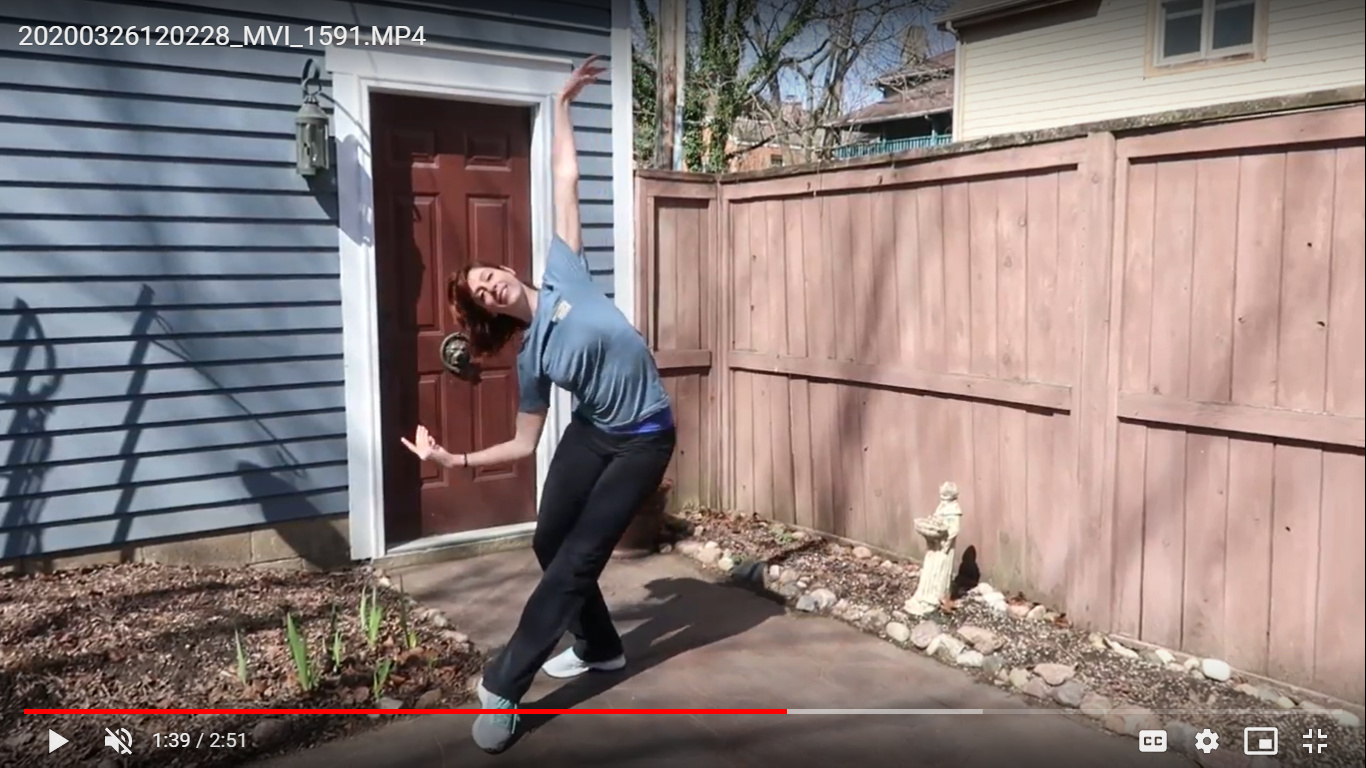 Materials:
Materials: 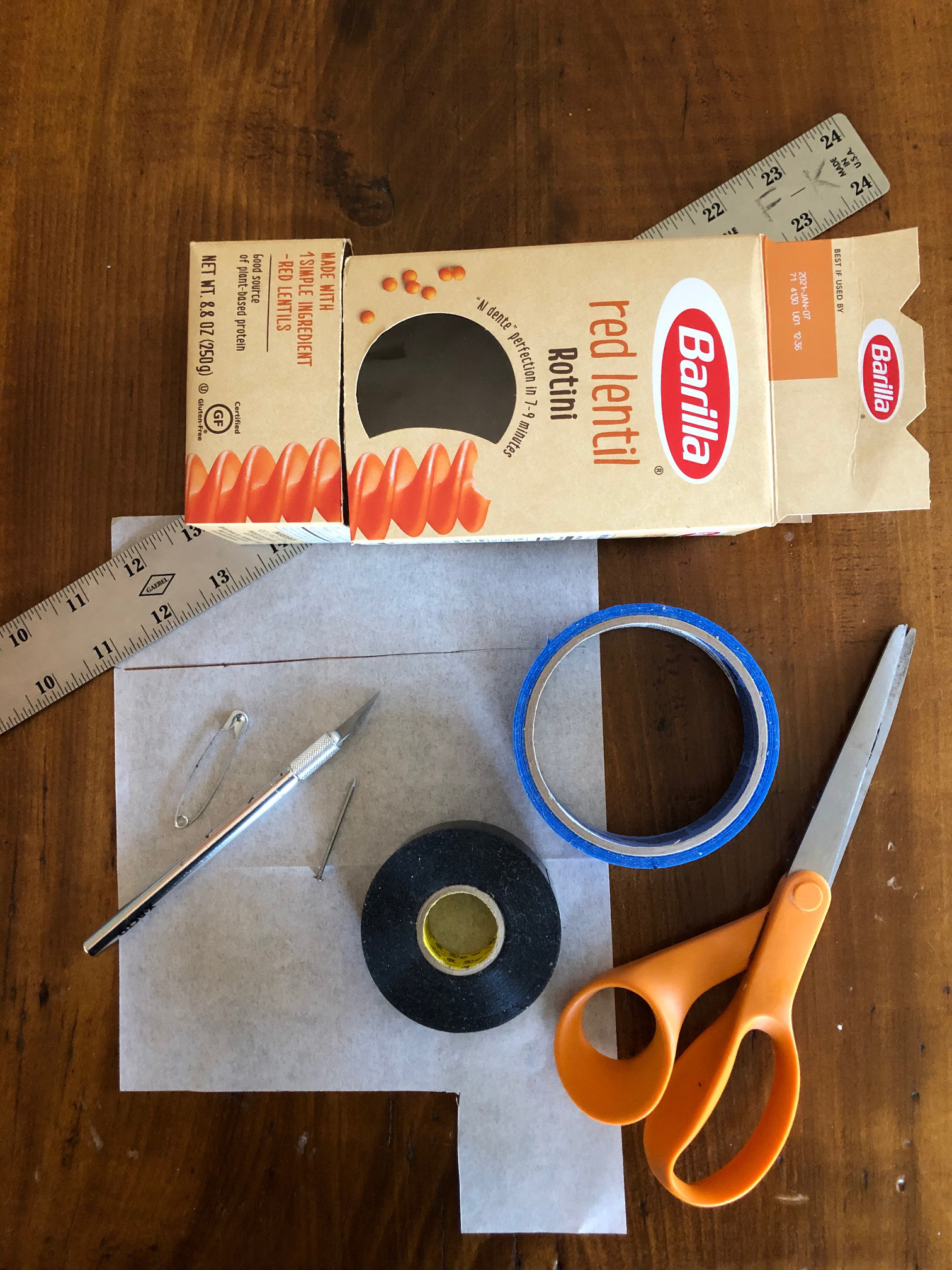 You will need:
You will need: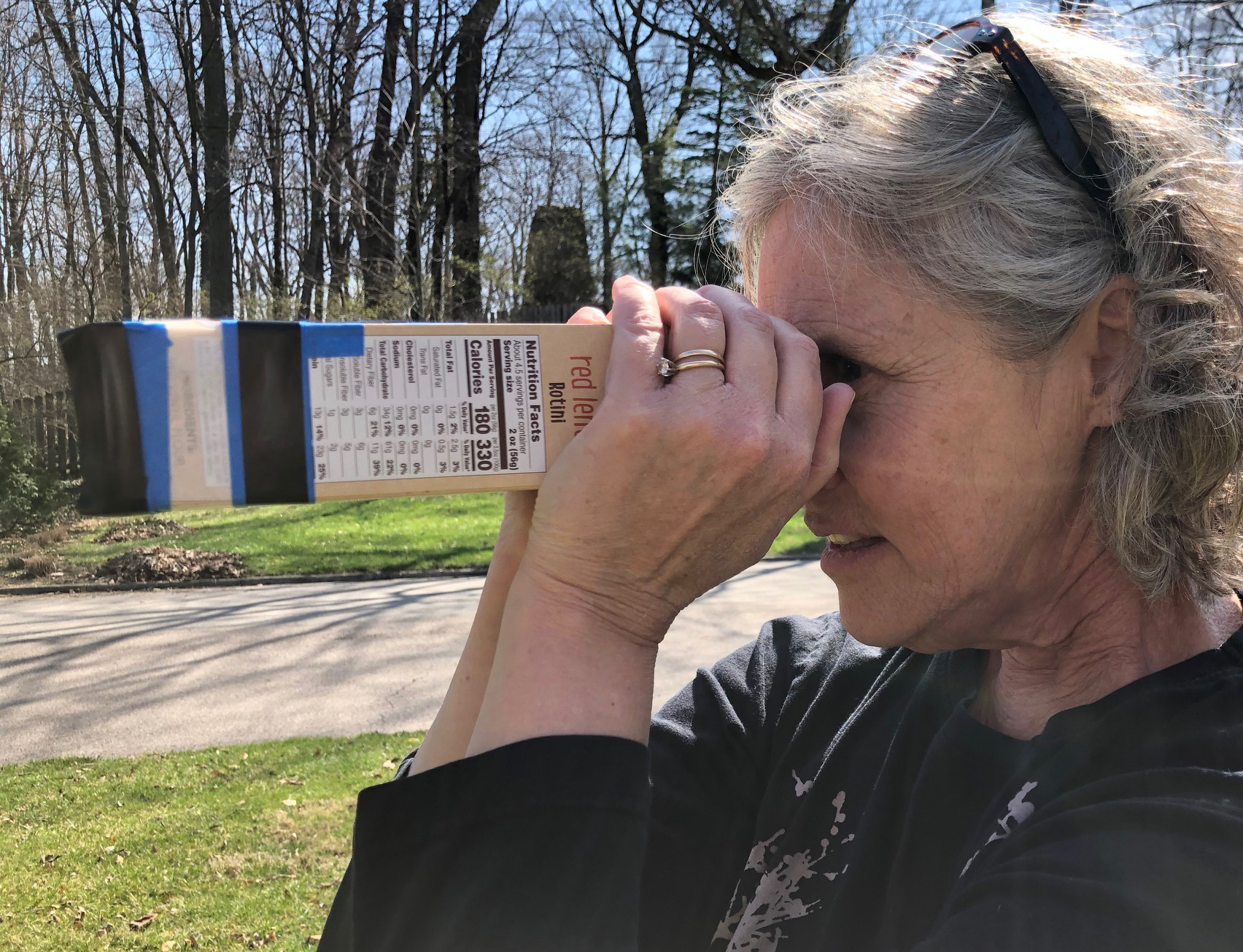
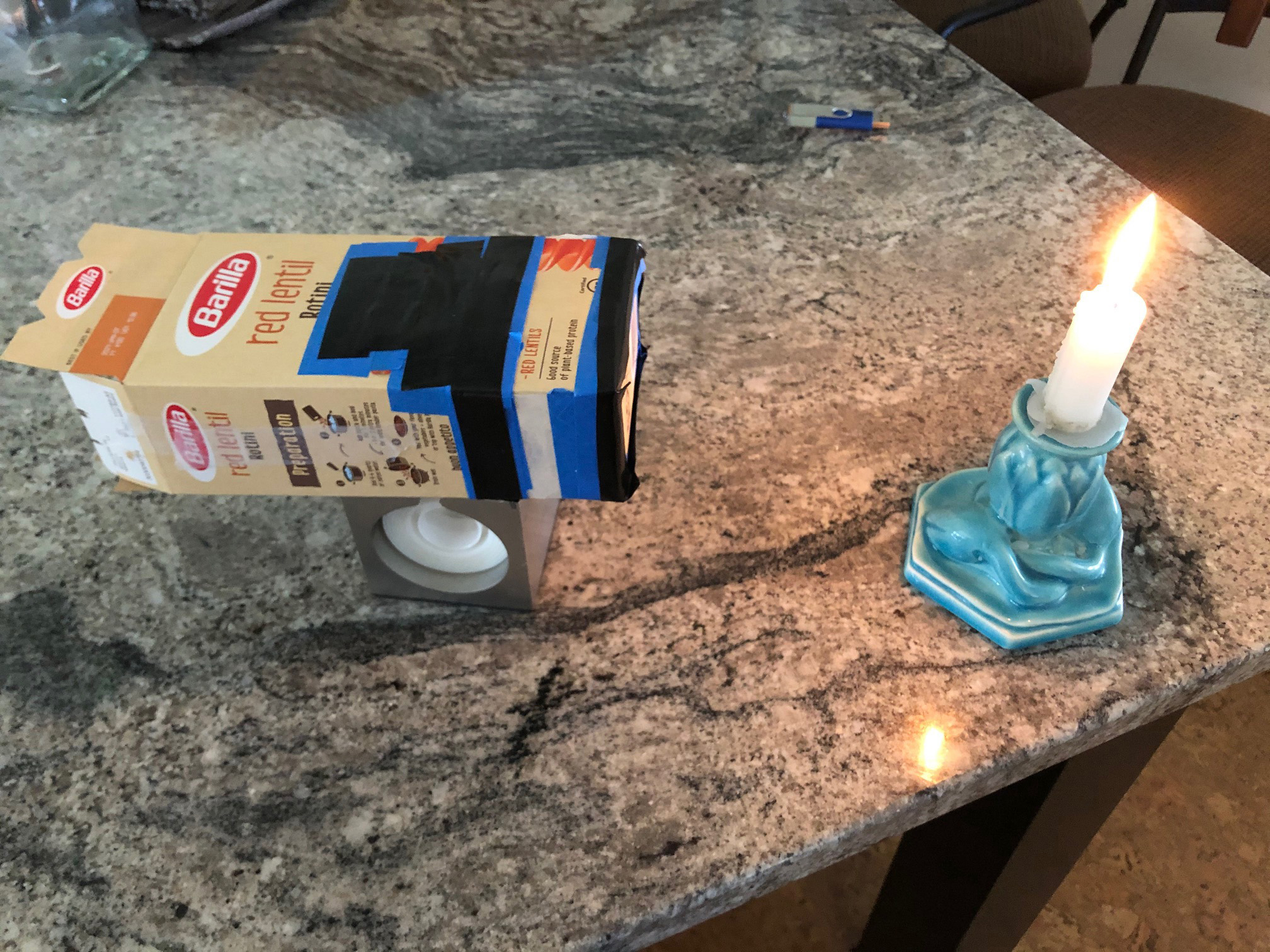
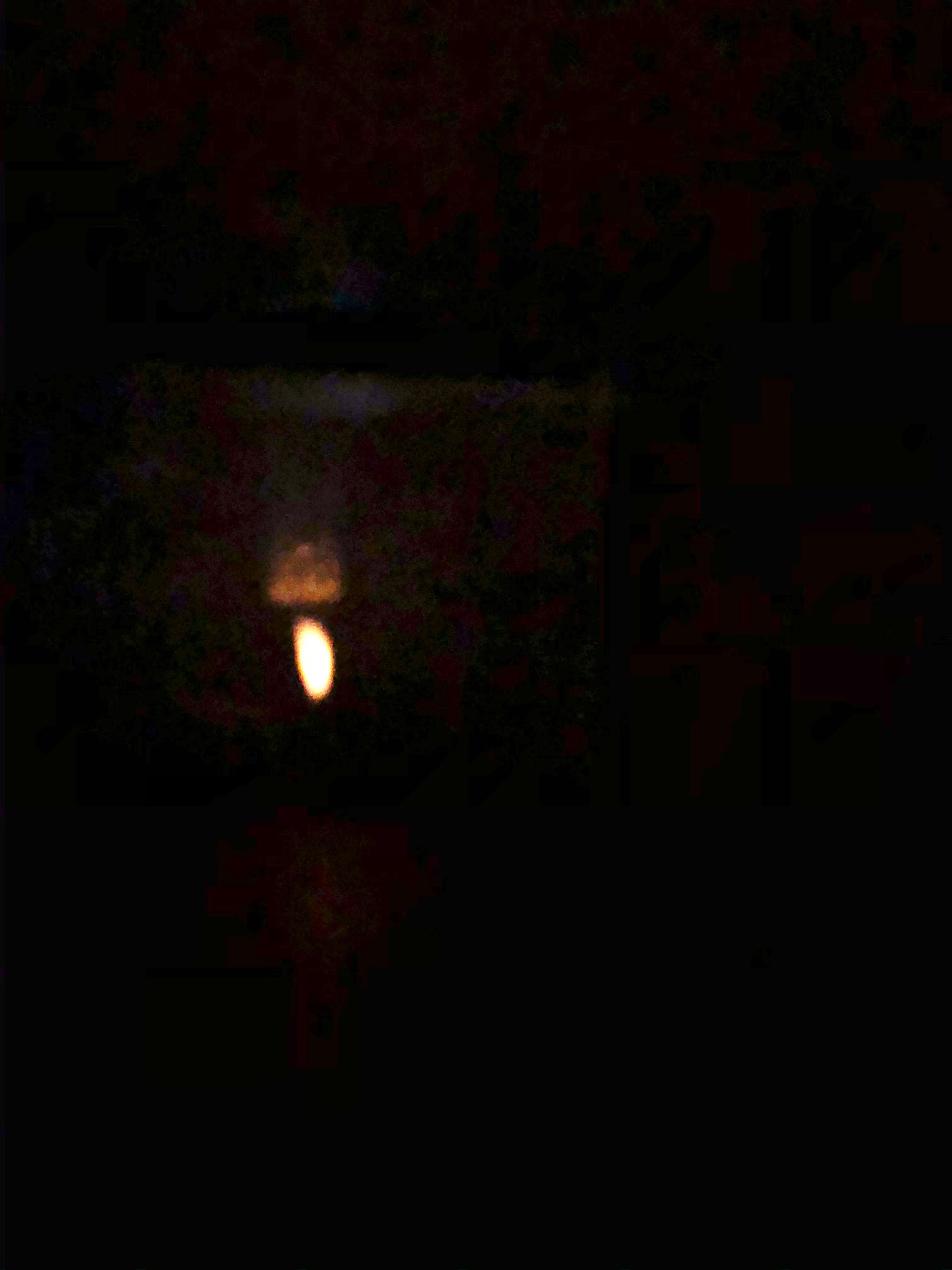
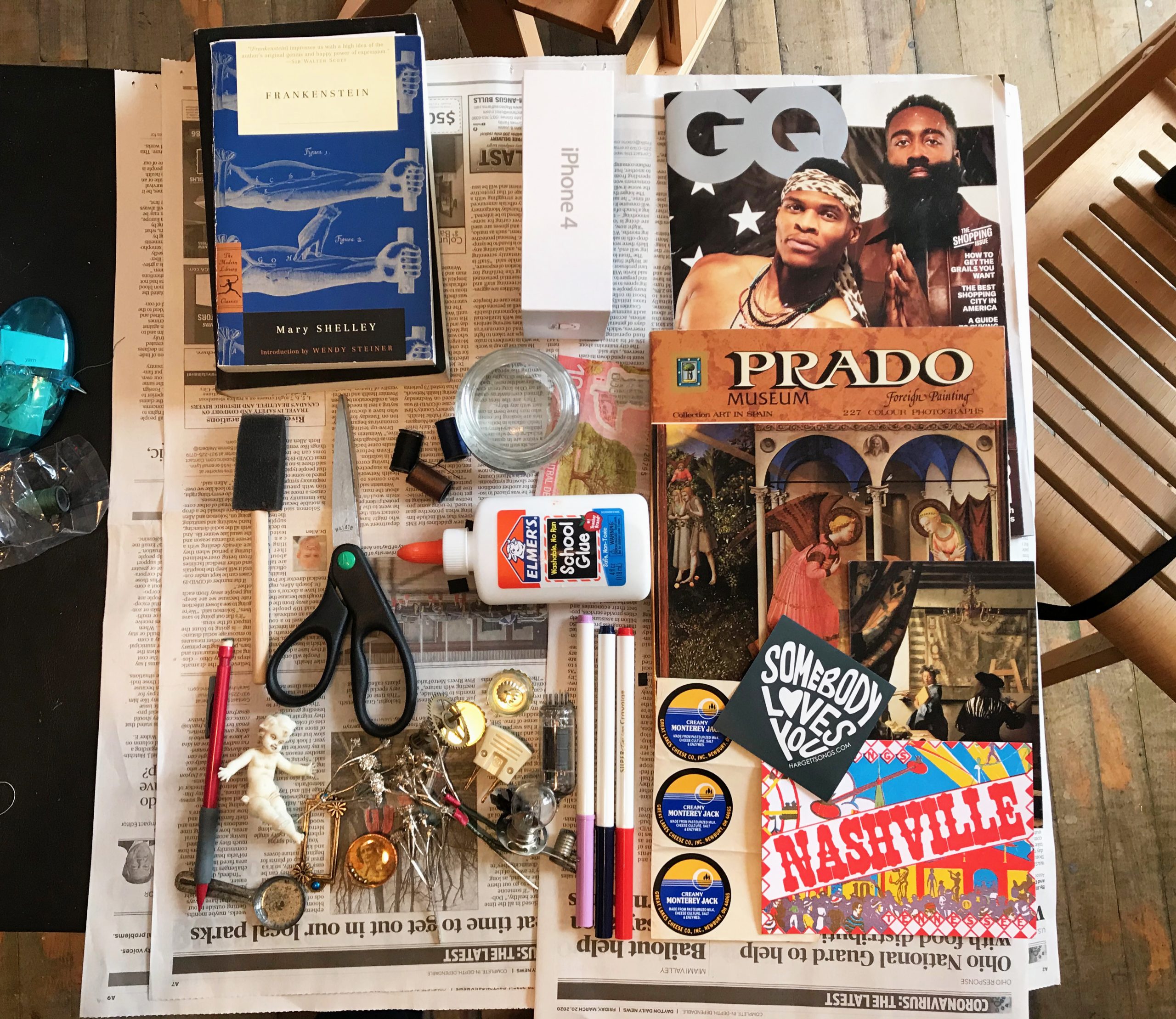 Needing a break from screens and desiring a hands-on activity, I created a fun and easy artwork using materials found around the house. I picked up one of my favorite books, Mary Shelley’s Frankenstein, and artist Joseph Cornell’s “boxed assemblages” for guidance.
Needing a break from screens and desiring a hands-on activity, I created a fun and easy artwork using materials found around the house. I picked up one of my favorite books, Mary Shelley’s Frankenstein, and artist Joseph Cornell’s “boxed assemblages” for guidance.